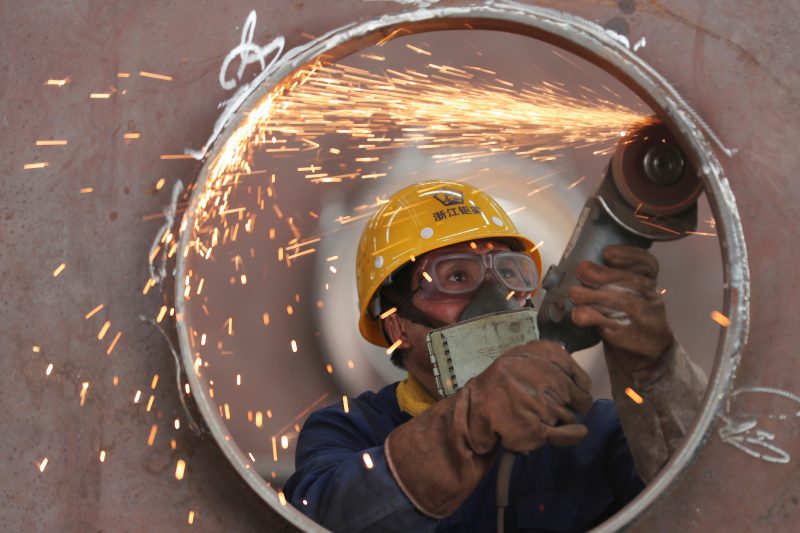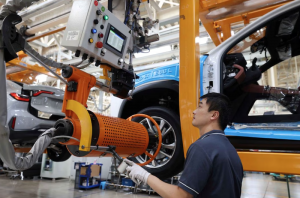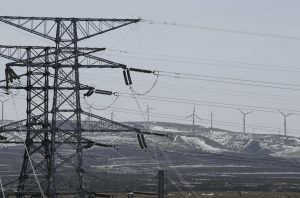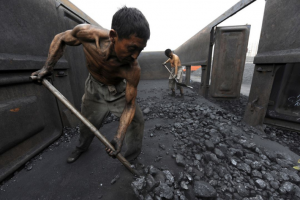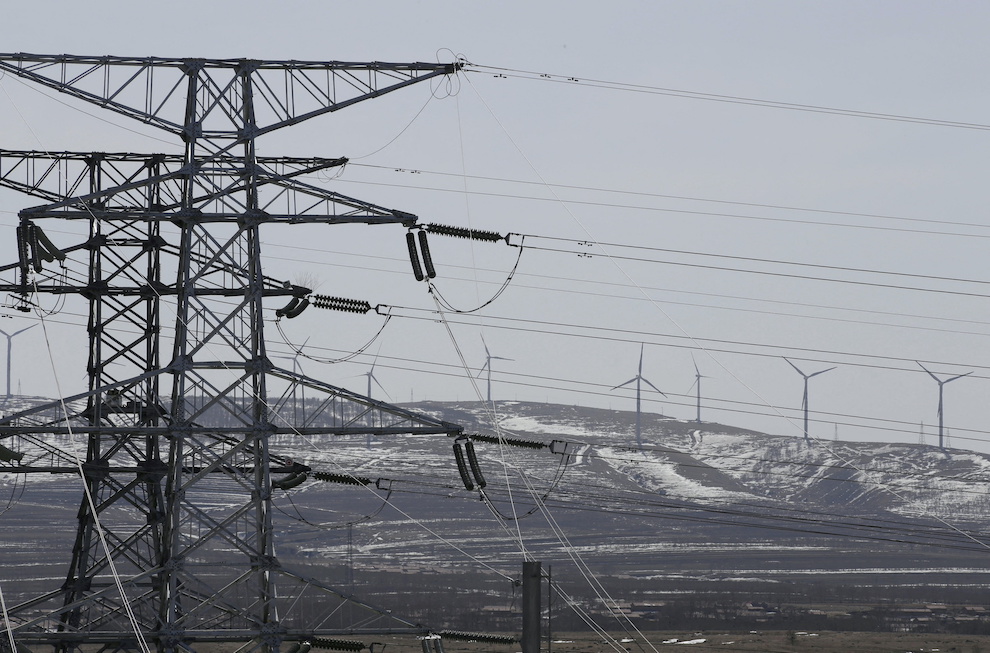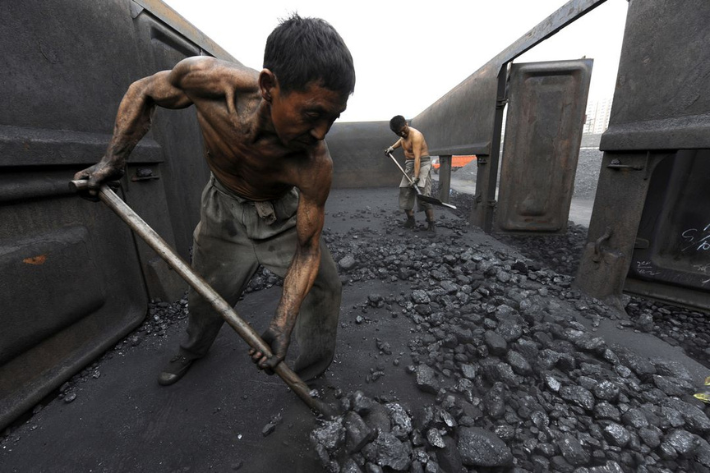(ATF) China is powering its way out of the coronavirus downturn.
Yet more data released Tuesday showed the world’s second-largest economy is growing at an ever-faster rate, just months after the pandemic inflicted the first quarterly contraction in generations on the communist state.
The latest purchasing managers index (PMI) survey data on factory output climbed to a 10-year high, with other key measures including labour supply showing marked improvements.
Read Related News on ATF
- Supporting Hong Kong’s businesses and households in new normal
- SAIC Motor and Alibaba join forces to create Tesla rival
- Wanda Group checks out of global luxury hotel chain plan
The closely watched Caixin/Markit industry report came in at 54.9 in October from 53.6 in September, well above the 50 level that indicates growth. That’s the highest reading since November 2010 and follows an official factory PMI survey from the National Bureau of Statistics (NBS) on Monday that showed activity at a three-year record.
“Both the NBS and Caixin manufacturing PMIs surprised to the upside in November, with sub-indexes showing stronger growth momentum, solid recovery in the labour market, and increased inflationary pressures,” wrote Goldman Sachs analysts led by Maggie Wei.
The Caixin survey also showed substantial improvements in the labour market and exports. Together the data suggest China is on the road to achieving its goal of a consumer-led recovery, analysts said.
Further recovery
The labour reading “supports our view that a tightening labour market will drive a further recovery in consumption over the coming months,” wrote Julian Evans-Pritchard, senior China economist at Capital Economics.
The China numbers are expected to be complemented by similarly upbeat data from other Asian economies, together enabling the region to withstand the pandemic better than many of its peers.
A steady recovery in global demand also helped Japan’s factory activity move a notch closer to stabilisation in November, and that of South Korea to accelerate at the fastest pace in nearly a decade.
“Overall, it looks likely that Asian industry will remain strong over the coming months, helping economic recoveries to stay on track,” Capital Economics said.
PMI surveys for other regions due later on Tuesday are expected to show a continued recovery in factory activity in the euro zone, while US manufacturing activity is seen expanding but at a slower pace.
“There is little sign that large second waves of the virus in the US and Europe have weighed on Asia’s export-focused industry, suggesting that external demand will continue to hold up,” Capital Economics added.
Greater success
Asia’s performance comes as many countries in the region have had greater success in containing the virus than their US and European peers.
China’s economy is seen increasing 1.9% this year, while the US economy is expected to contract 4.3% and euro zone economies by 8.3%, according to the International Monetary Fund’s estimate in October.
The surveys on Tuesday showed factory activity also grew in Taiwan and Indonesia, a sign the pick-up in Chinese demand was underpinning the region’s economy.
The final au Jibun Bank Japan Manufacturing PMI hit 49.0 in November, up from the previous month’s 48.7 and a preliminary 48.3 reading.
South Korea’s IHS Markit PMI rose to 52.9 in November from 51.2 in October, the highest reading since February 2011 and marking the second month of activity expansion.
But India’s manufacturing recovery faltered in November as coronavirus fears weighed on demand and output, prompting firms to cut jobs for the eighth month in a row.
That underscored the patchy nature of Asia’s outlook, with some analysts still cautious on the outlook with global and domestic demand vulnerable to infection trends.
“Japan’s economy likely slowed in July-September but averted a contraction due to a pick-up in exports and the effect of government campaigns to prop up demand,” said Takeshi Minami, chief economist at Norinchukin Research Institute.
“But the economy may contract in January-March if households hold off on spending again. If service-sector firms suffering from plunging sales cut spending, that could hit jobs and capital expenditure.”
- Additional reporting by Reuters




